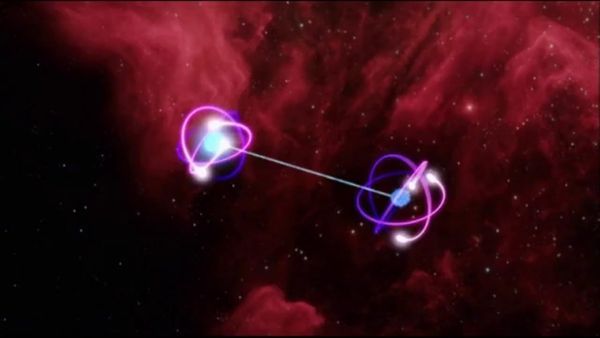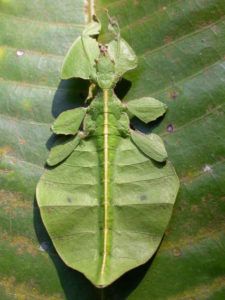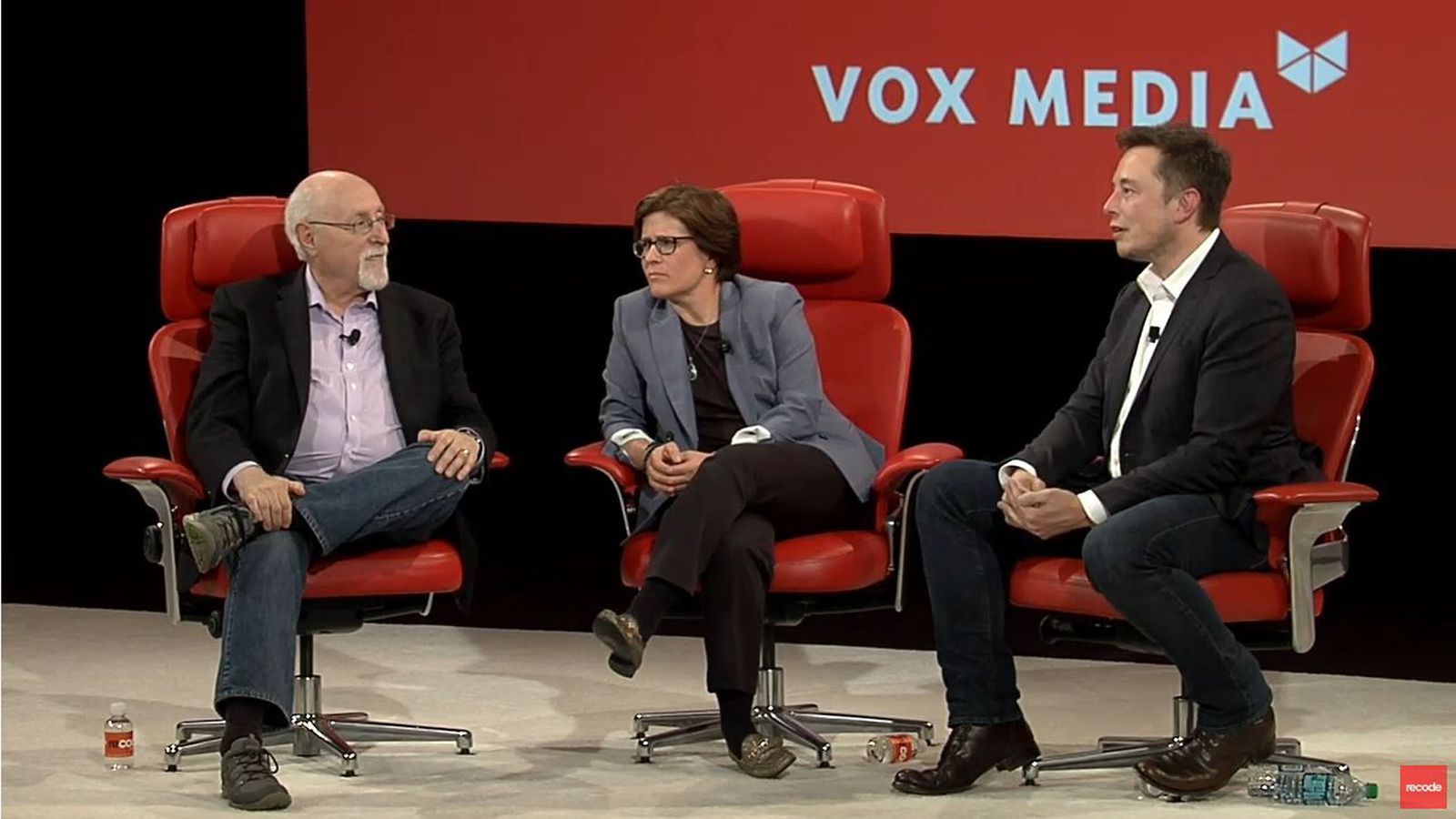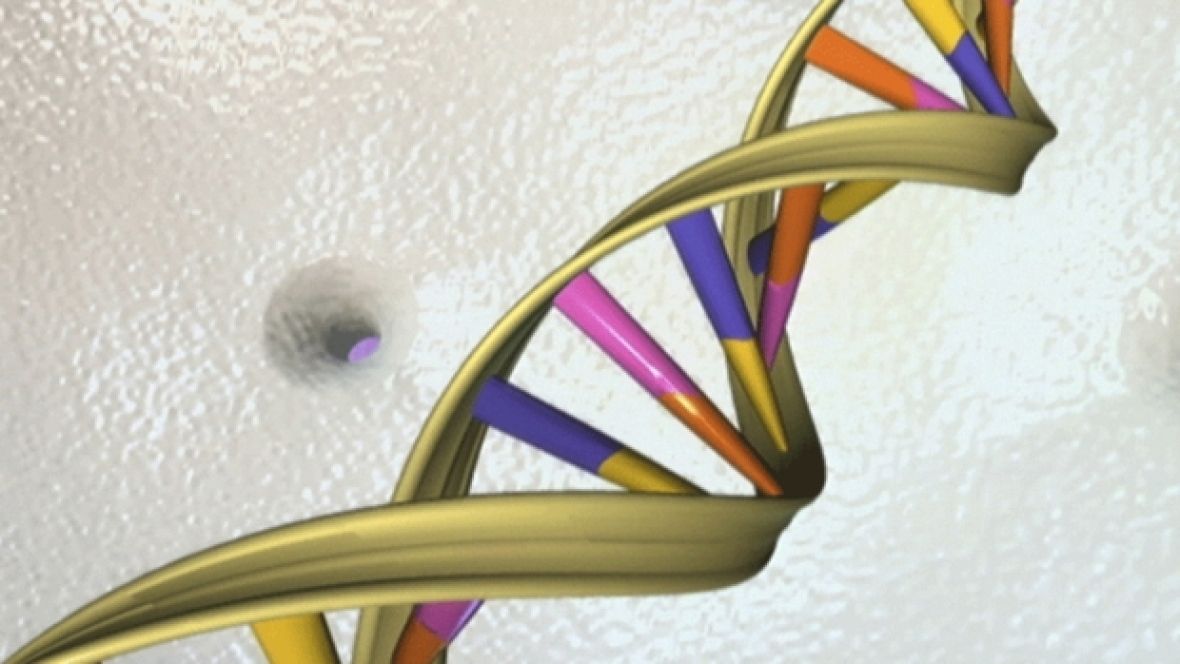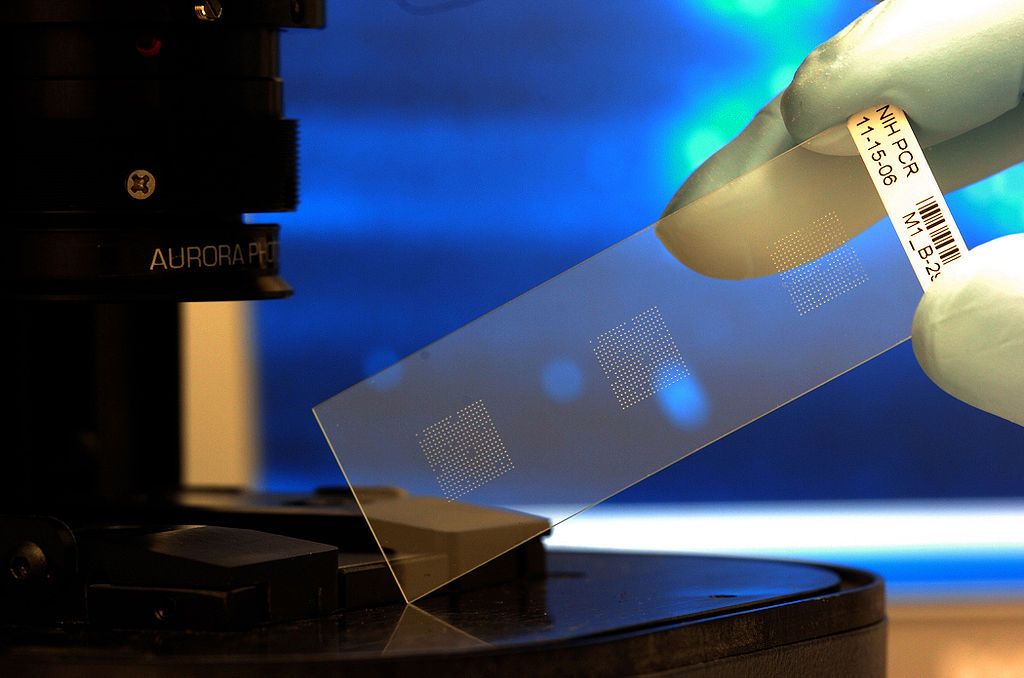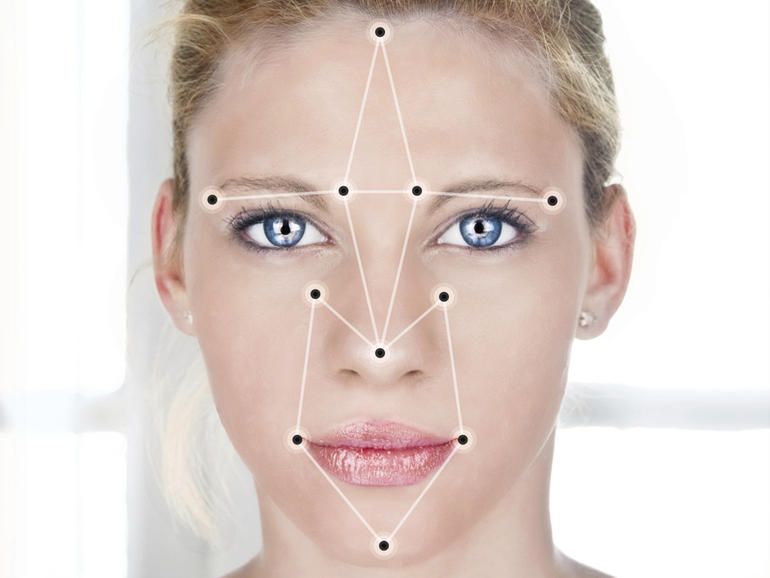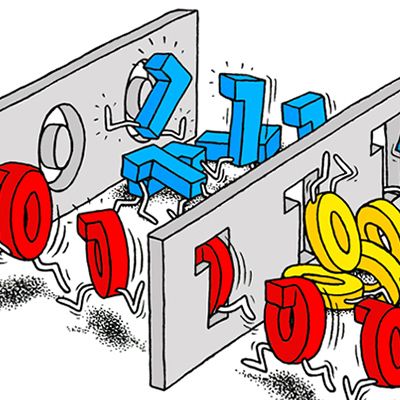Page 11107
Jun 3, 2016
AMC is live streaming a TV show on Facebook right now
Posted by Shailesh Prasad in category: entertainment
Jun 3, 2016
“Quantum Entanglement in Space” –A New Global Satellite-Based Quantum Network
Posted by Shailesh Prasad in categories: computing, particle physics, quantum physics, space
“We are reaching the limits of how precisely we can test quantum theory on Earth,” says Daniel Oi at the University of Strathclyde. Researchers from the National University of Singapore (NUS) and the University of Strathclyde, UK, have become the first to test in orbit technology for satellite-based quantum network nodes. With a network that carries information in the quantum properties of single particles, you can create secure keys for secret messaging and potentially connect powerful quantum computers in the future. But scientists think you will need equipment in space to get global reach.
[Image: An animal that looks like a plant. From simple.wikipedia.org/wiki/Stick_insect#/media/File:LeafInsect.jpg.]
Future genetic engineering may create animals that can photosynthesize like plants. These animals would require less food because they will make some of it from sunlight. In principle, even humans could be modified this way!
There are already some natural cases of animal-plant integration. Some marine flatworms have algae living in their translucent bodies,between their cells. Increasing the degree of plant-animal integration further, the method used by coral and various other marine animals is to have symbiotic algae living, not between their cells (like the flatworms), but actually inside some of their cells. The algae are typically of the genus Symbiodinium, and live in “symbiosomes,” blobs inside the animal cells that hold the algae separate from the rest of the cell. Each symbiosome is a kind of really, really tiny terrarium (a “nanoterrarium”) maintained by the finely engineered nanotechnology device of nature we call the cell. The cells supply the algae, in its symbiosome home, with basic chemicals and exposure to light. In return the algae produce nutrients that the animals extract from the symbiosome and use. In coral, when these algae die the coral loses color and, if not reversed, itself dies in the phenomenon called “coral bleaching.”
Jun 2, 2016
Odds are we’re living in a simulation, says Elon Musk
Posted by Karen Hurst in categories: augmented reality, bioengineering, cosmology, Elon Musk, robotics/AI, sustainability, transportation
This is one of those “therotical” topics that many of us have had at some point in our lives with our engineering team pals, or with our research department/ lab buddies. Fun to see Elon Musk share his views on this topic. Who knows; maybe? Last week, we learned that black holes may be nothing more that a multi-layer hologram in space.
“There’s a billion to one chance we’re living in base reality,” Elon Musk said tonight on stage at Recode’s Code Conference, meaning that one of the most influential and powerful figures in tech thinks that it’s overwhelmingly likely we’re just characters living inside a simulation.
The Verge co-founder Josh Topolsky got half-way through asking Musk if he thought our existence was simulated before the Tesla CEO jumped in to finish his question for him. “I’ve had so many simulation discussions it’s crazy,” Musk explained. “You’ve thought about this?” Topolsky asked. “A lot,” Musk replied. “It got to the point where every conversation was the AI / simulation conversation, and my brother and I agreed that we would ban such conversations if we were ever in a hot tub.”
Continue reading “Odds are we’re living in a simulation, says Elon Musk” »
Jun 2, 2016
Fully synthetic humans? Proposed project could make it a reality
Posted by Andreas Matt in categories: bioengineering, biotech/medical, genetics
A group of scientists on Thursday proposed an ambitious project to create a synthetic human genome, or genetic blueprint, in an endeavour that is bound to raise concerns over the extent to which human life can or should be engineered.
The project, which arose from a meeting of scientists last month at Harvard University, aims to build such a synthetic genome and test it in cells in the laboratory within 10 years. The project was unveiled in the journal Science by the experts involved.
Jun 2, 2016
What Is This Weird Glowing Spot Hovering Over Pluto?
Posted by Sean Brazell in categories: alien life, space travel
Is it aliens? Sure sounds like aliens—but these strange, glowing patches over Pluto are actually something else (almost) as mysterious.
NASA’s New Horizons snapped this photo of sunlight streaming through Pluto’s haze haze during the spacecraft’s close approach on July 14, 2015. But, as researchers looked closer at the photo, a question emerged: Uh, what’s with that weird glowing patch in the upper right hand corner?
Jun 2, 2016
Cancer Treatment Update: 3D Hydrogel Biochip To Help Increase Colorectal Cancer Survival
Posted by Karen Hurst in categories: biotech/medical, physics
A 3D hydrogel biochip, a new way of detecting colorectal cancer in the early stages, has been discovered by the scientists at the Moscow Institute of Physics and Technology. The announcement was made in time for the upcoming conference of the annual American Society of Clinical Oncology.
Like Us on Facebook
The 3D hydrogel biochip will be using antibodies to determine the CRC specific glycans that emerge in the earliest stages of cancer, with the hope of improving today’s survival rates. These biochips are 3D cells consisting of a special gel that has molecular probes. Based on reports, the physical feature of the gel is an optimal form for running tests. The Russian scientists were able to develop a method that can calculate the concentration of antibodies-to-glycans in the patient’s blood. This means that combining the biochips into a patient’s blood sample will give the mot precise results.
Jun 2, 2016
Russian facial recognition program beats Google, but big privacy questions linger
Posted by Karen Hurst in category: robotics/AI
NTechLab’s facial recognition app uses AI to identify a face among billions of photos in less than a second, and is one of the best in the world, but the Russian startup draws concerns from academics.
Jun 2, 2016
Computing’s Search for Quantum Questions
Posted by Karen Hurst in categories: computing, quantum physics, robotics/AI
Personally, I cannot wait to see all of the improvements in AI via Quantum technology.
Recent tests show that quantum computers made by D-Wave systems should solve some problems faster than ordinary computers. Researchers have begun to map out exactly which queries might benefit from these quantum machines.
